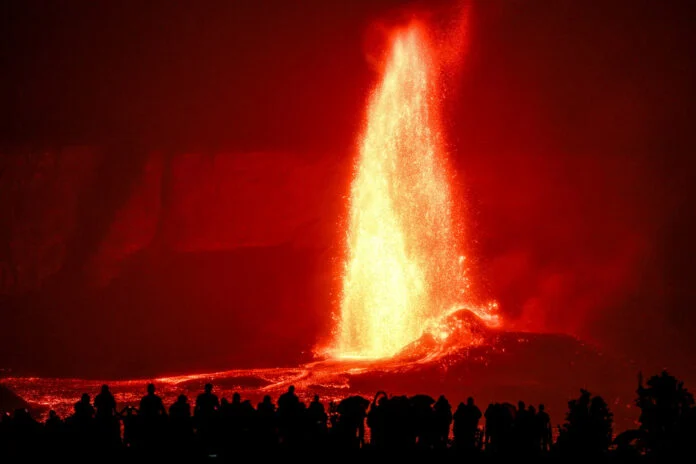The Ptolemaic era reliefs have just undergone restoration after being covered in soot and filth previously.
The zodiac, a belt-shaped region of the sky typically split into 12 astrological signs, is depicted in a number of ceiling murals that have been restored by archaeologists excavating the ancient Egyptian Temple of Esna. The artworks, which are Ptolemaic in date (305–30 B.C.E. ), add to the body of evidence that suggests the Greeks introduced the Egyptian zodiac tradition.
According to Christian Leitz, an Egyptologist at the University of Tübingen in Germany, "Representations of the zodiac are exceedingly rare in Egyptian temples." The zodiac was first used in Babylonian astrology, and it wasn't until Ptolemaic times that it first appeared in Egypt.
On earthenware and sarcophagi from the Ptolemaic era, representations of the zodiac signs and their corresponding constellations can be found. Yet, decorations for temples hardly ever feature the motif. "Apart from Esna, there are only two entirely preserved versions left," writes Daniel von Recklinghausen, a fellow Egyptologist from Tübingen, in the statement, "both from the Dendera Temple Complex on the West Bank of the Nile River."
Leitz claims that the Esna zodiac is almost exactly like the one that is used today in an interview with Live Science's Owen Jarus. Except from few depictions in the placards, there is no difference, he claims.
According to Nevine El-Aref of Ahram Online, in addition to the 12 signs, the Esna reliefs also depict Jupiter, Saturn, and Mars as well as the "seven arrows" of Sekhmet and constellations that the ancient Egyptians used to calculate time. Some recently restored pieces of art feature crocodiles, snakes, and other imagined animals like a bird with a crocodile's head.
Researchers from Tübingen and the Egyptian Ministry of Tourism and Antiquities joined forces to start the restoration project in 2018. In order to restore ceiling frescoes, column inscriptions, and other artistic components to their former appearance, researchers painstakingly removed layers of soot, dust, and filth.
In a 2022 statement describing freshly undiscovered frescoes of the vulture goddess Nekhbet and the serpent goddess Wadjet, von Recklinghausen claimed that the temple's entire spectrum of images was "unique in its wealth of figures and the degree of preservation of the colors."
The zodiac is not Esna's first celestial-related discovery; Esna is about 40 miles south of Luxor. In 2020, the crew came across inscriptions that showed the names of various constellations in ancient Egyptian. According to Michelle Starr of Science Alert, Mesekhtiu was the name of the Big Dipper while Sah was the name of Orion. Experts may be able to connect the name of a hitherto undiscovered constellation, Apedu n Ra, or "the geese of Ra," with the appropriate zodiacal sign by using the recently repaired ceiling murals.
The exact origins of the zodiac signs or the profession of astrology are unknown to historians (divination based on the movement of the stars). The Venus tablet of Ammisaduqa, one of the earliest objects connected to celestial divination, dates to the Neo-Assyrian era, roughly between 911 and 612 B.C.E. In 2018, Olivia B. Waxman reported for Time that the item traced the movement of Venus and "is one of the first pieces of what's been called Babylonian planetary omens."
As the Greeks came to rule the Mediterranean, the 12 signs denoting the division of the night sky went from Mesopotamia to Greece. Following Alexander the Great's conquest of Egypt in 330 B.C.E., the two cultures exchanged their knowledge of the stars, with the Egyptians debating the yearly movement of the sun and the patterns that make up constellations and the Greeks introducing the idea of zodiac signs.
According to Sten Odenwald, NASA's director of STEM resource development, "There must have been a lot of exchange that brought the Greeks on board with the idea of divination using planets," Time reported in 2018. "And they worked out a lot of the principles for how this could work because they were deeply interested in mathematics and logic."
The Dendera Zodiac, which is presently kept at the Louvre in Paris, is undoubtedly the most well-known astrological relic from ancient Egypt. The bas-relief, which is thought to date to circa 50 BCE, features the 12 constellations of the zodiac, five planets, and both a lunar and solar eclipse.










